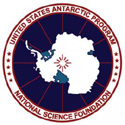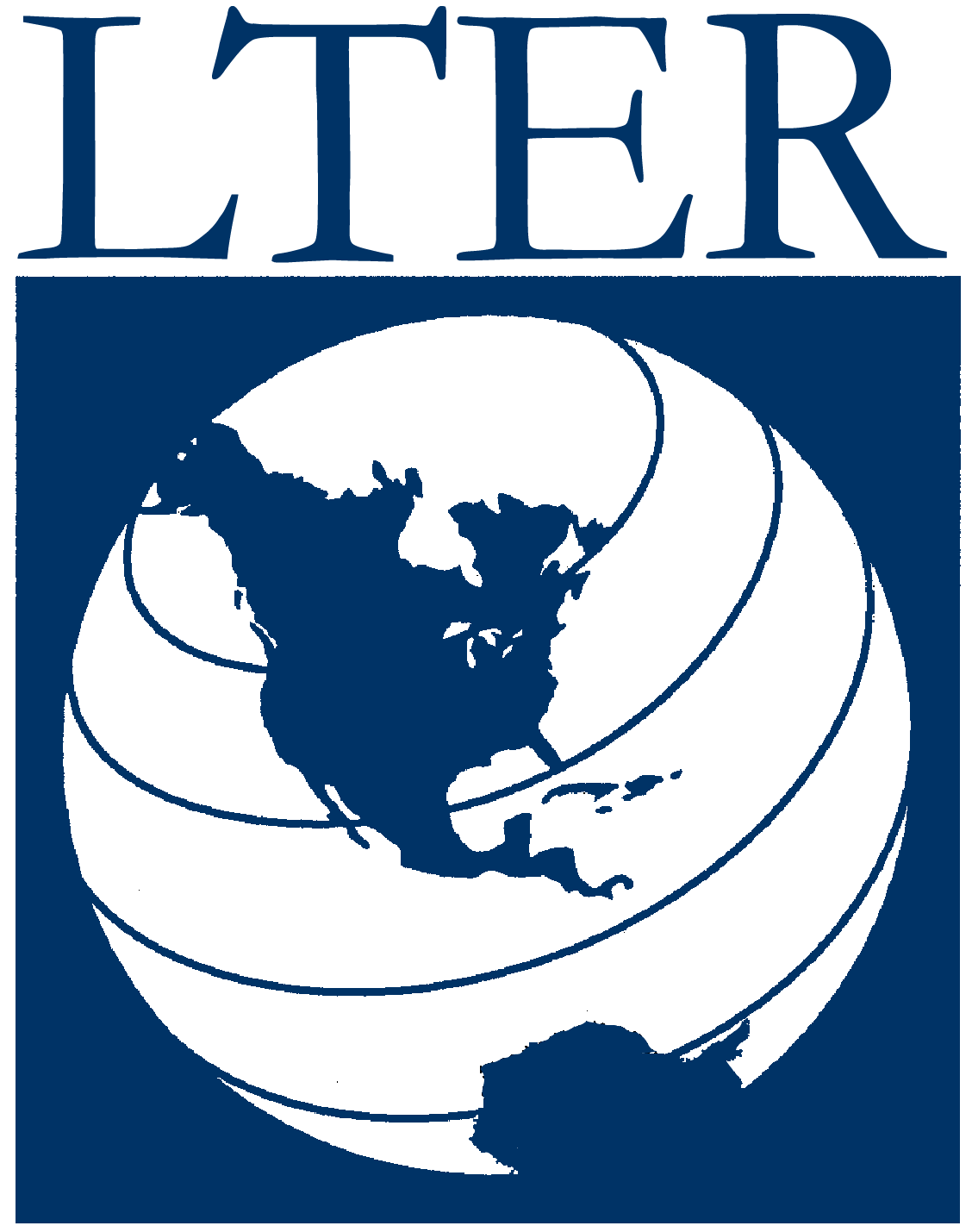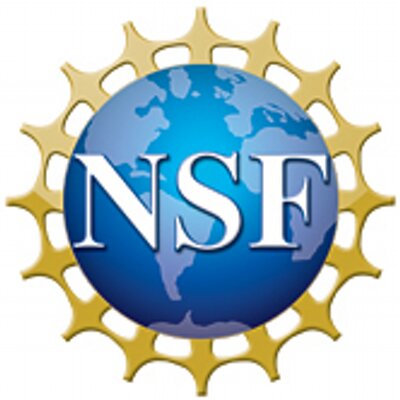LTER: Ecosystem response to amplified landscape connectivity in the McMurdo Dry Valleys, Antarctica
Overview
The McMurdo Dry Valleys, Antarctica, are a mosaic of terrestrial and aquatic ecosystems in a cold desert that support microbial foodwebs with few species of metazoans and no higher plants. Biota exhibit robust adaptations to the cold, dark, and arid conditions that prevail for all but a short period in the austral summer. The MCM-LTER has studied these ecosystems since 1993 and during this time, observed a prolonged cooling phase (1986-2002) that ended with an unprecedented summer of high temperature, winds, solar irradiance, glacial melt, and stream flow (the "flood year"). Since then, summers have been generally cool with relatively high solar irradiance and have included two additional high-flow seasons. Before the flood year, terrestrial and aquatic ecosystems responded synchronously to the cooling e.g., the declines in glacial melt, stream flow, lake levels, and expanding ice-cover on lakes were accompanied by declines in lake primary productivity, microbial mat coverage in streams and secondary production in soils. This overall trend of diminished melt-water flow and productivity of the previous decade was effectively reversed by the flood year, highlighting the sensitivity of this system to rapid warming. The observed lags or opposite trends in some physical and biotic properties and processes illustrated the complex aspects of biotic responses to climate variation. Since then, the conceptual model of the McMurdo Dry Valleys has evolved based on observations of discrete climate-driven events that elicit significant responses from resident biota. It is now recognized that physical (climate and geological) drivers impart a dynamic connectivity among landscape units over seasonal to millennial time scales. For instance, lakes and soils have been connected through cycles of lake level rise and fall since the Last Glacial Maximum, while streams connect glaciers to lakes over seasonal time scales. Overlaid upon this physical connectivity among soils, glaciers, streams and lake are biotic linkages facilitated by the movement of genes, individuals and species through metapopulations and metacommunities.
The 5th iteration of the MCM-LTER program (MCM5) includes superimposing biotic connectivity upon this linked, heterogeneous landscape. The hypothesis is: Increased ecological connectivity within the MDVs ecosystem will amplify exchange of biota, energy and matter, homogenizing ecosystem structure and functioning. This hypothesis will be tested with new and continuing monitoring and experiments that examine: 1) how climate variation alters connectivity among landscape units, and 2) how biota (species, populations and communities) are connected across this heterogeneous landscape using state-of-the-science tools and methods including ongoing and expanded automated sensor networks, analysis of seasonal satellite imagery, biogeochemical analyses, and next-generation sequencing.
Hypotheses for MCM V
Overarching Hypothesis
MCM5 incorporates an evolved conceptual model that explores ecosystem responses to
amplified physical connectivity in the MDVs in response to changing climate. We will
explore how those responses will be influenced by the resource legacies, such as the
distinct biogeochemical patterns imparted by the history of lake inundation and recession.
Anticipated outcomes of enhanced connectivity are changes in distribution of material
(organic matter and nutrients) and biota toward greater homogeneity among and within
landscape units, in effect
dampening the influence of resource legacies. While the MDVs have undergone a decadal transition
from summer cooling to a relatively stable summer temperature regime, the forecast
for the coming decades is regional warming (Chapman and Walsh 2007, Walsh 2009). Hence,
our expectation is that summers of intense ice melt and permafrost thaw (as were observed
in 2002, 2009 and 2011) will become more frequent and drive greater physical connectivity.
We have evolved our overarching hypothesis from MCM4 to emphasize an expected shift
toward biotic homogenization, in which some taxa will increase while others decrease
their abundance, with unknown changes in ecosystem function. The overarching hypothesis
for MCM5 is: Increased ecological connectivity within the MDVs ecosystem will amplify exchange of biota, energy and matter, homogenizing ecosystem structure and functioning.
Working Hypotheses
Below we pose four working hypotheses, provide justification for each, and articulate
expected outcomes that would provide confirmation. As stated, they are testable in
any ecosystem (e.g., Arctic lakes, grasslands or arid lands), which positions our
products (findings, evolution of conceptual models, publications, etc.) as tools that
can inspire replicated experiments/approaches at other sites. The hypotheses will
be tested with ongoing and new experiments, and monitoring activities.
H1. Enhanced exchange of energy and matter diminishes the influence of resource legacy, homogenizing spatial variability of ecosystem structure and functioning.
The increased exchange of energy and matter among landscape units will increase the homogeneity of ecosystem structure, thereby reducing the variability across landscape units. We expect that increased hydraulic connection between glaciers and streams will cause long streams to become more dilute in their major ion and nutrient chemistry. However, greater connectivity of streams and soils may also accelerate chemical weathering and enhanced biogeochemical transfer of some solutes. Lakes will respond to increased connectivity by continuing to increase in volume expanding and potentially diluting this habitat. Past soil wetting experiments and observational studies generally show shifts in relative abundance among soil species following wetting, with distinct responses among trophic levels. Climate driven shifts in soil moisture alter the structure of invertebrate communities (Fig 6, Barrett et al. 2008b). Soil bacterial communities exhibit less sensitivity to increased water availability, in stark contrast to dramatic shifts in bacterial diversity and community composition following organic matter additions (Buelow et al.; Schwartz et al. 2014; Van Horn et al. 2014). In all of these examples, we expect that the shifts of the conditions in the different landscape units will result in altered community composition, nutrient availability and productivity.
H2. Amplified connectivity increases synchrony of ecological responses among landscape
units.
Synchronous ecological responses were observed during the cooling period from 1987-2000,
which ended in January 2002 (Fig 3a; Doran et al. 2002a). While the mean summer air
temperatures have remained cool, the mean summer solar flux has remained high; no
trend in either of these parameters has been detected for more than a decade. However,
during this summer climate stasis, the landscape experienced increased connectivity,
largely because of increased stream flow and increased winter katabatic winds. The
MDVs ecosystem has responded with an end to and in some cases a reversal of trends previously
observed during the cooling period (e.g., stream algal mat biomass has increased since
2003). Temporal aspects of ecosystem responses are best evaluated in the context of
long-term studies so that potential lags in the system can be evaluated (e.g., lags
in stimulation of lake productivity in response to nutrient pulses).
H3. Disturbance increases connectivity and accelerates shifts towards homogeneity
in ecosystem
structure and functioning in the MDVs.
The MDVs experience two general types of disturbance – direct human impacts and disturbance due to climate variation. Direct, local human impacts include emissions from local fossil fuel consumption, chemical spills, distribution of non-native species, and physical disturbance associated with trampling (Ayres et al. 2008), vehicles or camps. Climate disturbances include for example flooding in streams (leading to scour and enhanced erosion) and soils (increased soil moisture and mobilization of salts). These disturbances can be caused by increased snow/ice melt, enhanced aeolian transport of soil/sediment, changes in albedo of ice and soil surfaces, and increased surface energy balance that results in permafrost degradation (Levy et al. 2013a). Some of these disturbances are discrete and some are more widespread in time and space (i.e., pulse vs. press events).
H4. Decreased heterogeneity of ecosystem structure and functioning reduces stability (resistance and resilience) of the MDVs ecosystem.
Ecosystem structure (e.g., species richness, standing biomass) and functioning (e.g., PPR, nutrient cycling) are expected to be strongly influenced by the diversity of biotic communities and the structure of food webs. As such, a negative impact to one element of the ecosystem will be compensated for, and the resultant system will become more resilient and stable (Micheli et al. 1999; Gonzalez and Loreau 2009). Despite low organismal diversity of upper trophic levels in the MDVs, homogenization is expected to result in even lower diversity. We propose that a simplified, homogenized community will be less resilient to changing conditions (e.g., Vasseur and Fox 2009) and therefore less stable. Similarly, ecosystem functions (e.g., nutrient cycling, metabolism) in a homogenized system will be conducted by fewer species. Hence, the stability of ecosystem functioning may be jeopardized by the diminished resilience of the ecosystem following species removal or populations declines, as has been observed for key species following dramatic climate events (Barrett et al. 2008a, b; Stanish et al. 2013a; Kohler et al. 2015a).




